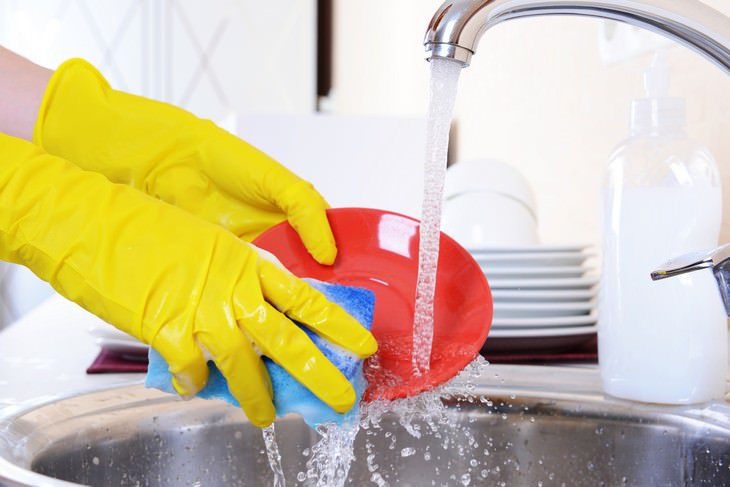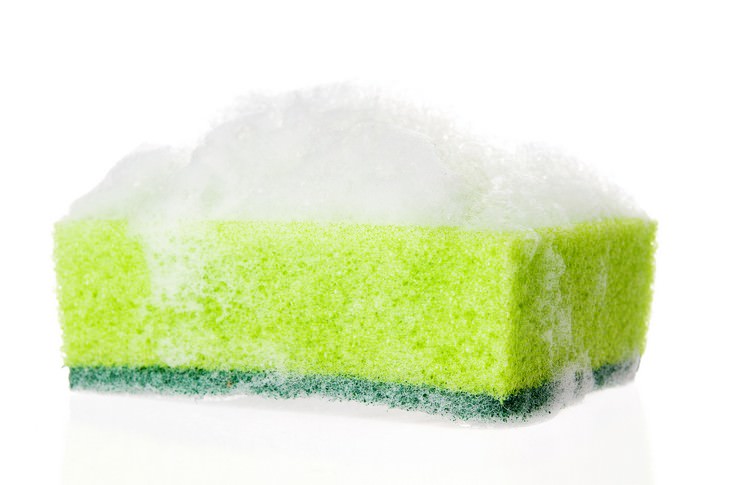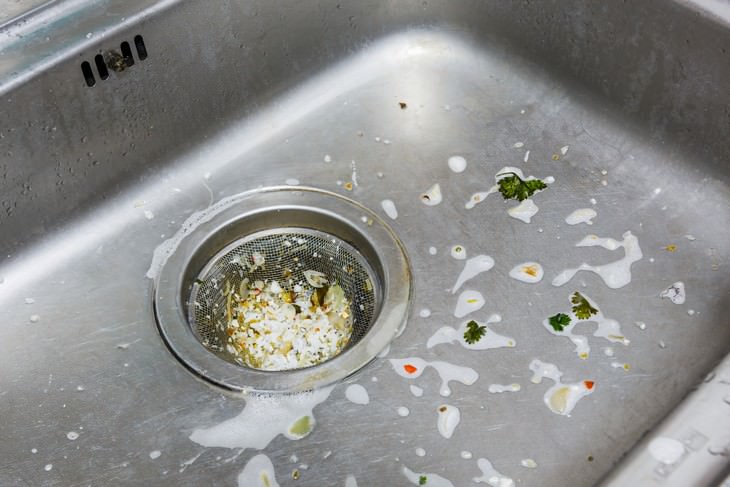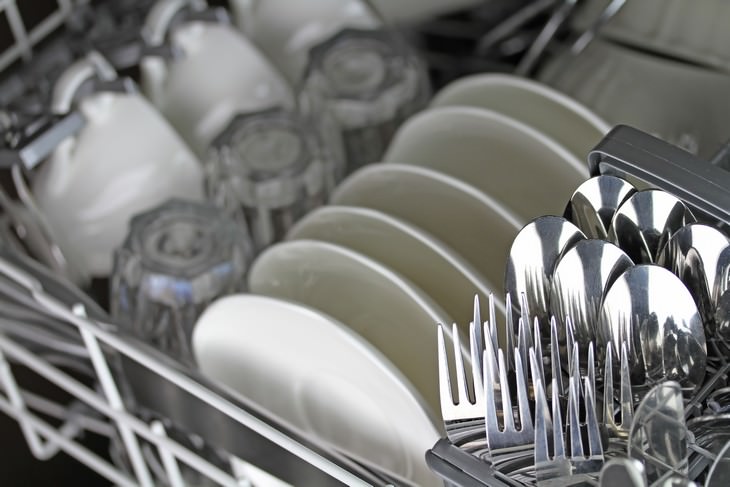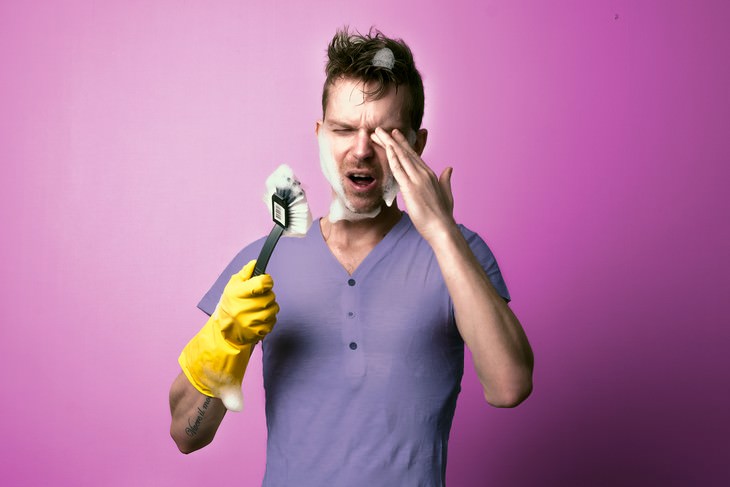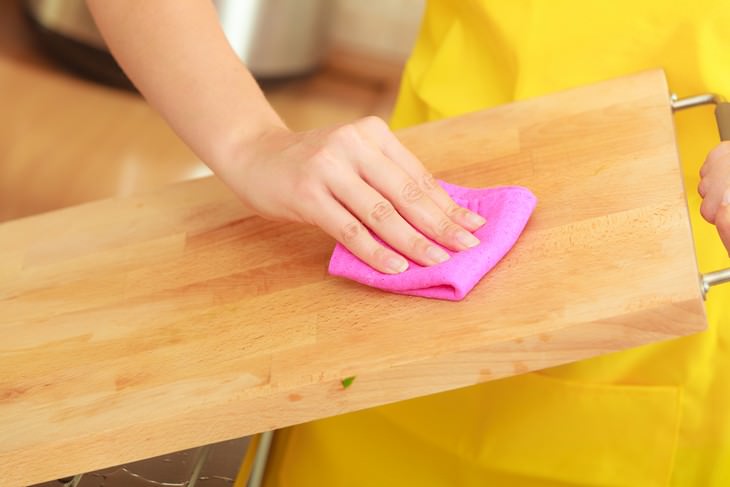1. Don’t Use Too Much Dish Soap
Your sink or dishwasher shouldn’t look like an exciting bubble bath, when doing the dishes. It actually does not take much soap to clean your dishes, and this is particularly important when using a dishwasher. If you use too much soap, it can leave a residue which clouds your plates, and ends up being part of your meal.
All you need is hot water and simple soap to get the job done. Begin by using the lowest recommended amount according to the machine’s manufacturer, then gradually add more detergent until the dishes are returned to you perfectly clean.
Avoid detergents and soaps that use bleach, triclosan and other antiseptics that lead to superbugs. Also, steer clear of borax, which messes with your hormones, and 1,4 dioxane, as it could be a carcinogen, so says the Environmental Working Group.
2. Don’t Waste Water
Dishwashers are good at saving water because they use much less than a regular hand wash. For example, an Enery Star machine can use as little as 3 gallons, whereas a hand wash may use 27, per load.
Instead of doing a pre-rinse, simply scrape the food from the plates and load it into the machine (though if you’re loading slowly over several days, it’s still best to pre-rinse). Also, you can reuse pasta water and water used after hand washing dishes.
If you’re using a sink, turn off the taps while washing each individual dish. You can also use a small bowl of water to wash each item with, instead of rinsing each separately. Low-flow faucets can be purchased and installed too.
3. Don’t Use a Sponge
Sink sponges are good at cleaning and wiping thanks to their multiple crevices, which unfortunately also provide perfect harbor for thousands of bacteria, such as E. coli and salmonella.
Plastic sponges are worse than those made with natural fibers because they are harder to clean, so consider purchasing the latter. When you’ve used it, hang it up to dry away from the sink, then swap it for a clean one each day. Wash them with your regular laundry and dry them thoroughly.
4. Don’t Wash in a Dirty Sink and Dishwasher
Apparently, your kitchen sink has 100,000 times the number of germs as your toilet, according to the National Health Service. We recommend combating this by cleaning the sink daily with vinegar and baking soda, or with vinegar and salt.
Dishwashers also contain lots of mold and bacteria, when not properly cleaned, thanks to the moisture and heat. If you can smell something bad in it, it should have been cleaned long before. To clean it, run an empty cycle with a cup of vinegar and a cup of baking soda. Also, do clean the trap as often as you can.
5. Don’t Use the Garbage Disposal Unit
Your garbage disposal uses an average of 9 gallons of water per day, which could easily be shortened by turning your food scraps into compost. If this isn’t an option, it’s still preferable to put your leftovers in the bin rather than through the garbage disposal.
6. Don’t Overload the Dishwasher
If you try to put too much into a dishwasher, the cycle will not function correctly, leading to unclean dishes and leftover soap. There should always be enough space for the water to move freely.
Put bowls on the dishwasher’s highest rack, and have them face the water sprayer. The bowls at the back will face outwards and those at the front will face in. You should be able to see the inner part of the bowl from below. Refer to your machine’s manual to see the optimal method for loading your dishwasher.
7. Don’t Make These Washing Mistakes
When cleaning a cast iron pan, refrain from using soap, and use a brush with plain water instead. Then dry it on the stove and season with high-heat oil.
Don’t put anything wooden into the dishwasher, because the heat can cause it to swell and crack. Instead, hand wash it, without soaking.
You can damage the sharpness of your knives by cleaning them in the dishwasher. Wash them by hand instead. The same goes for pots and pans, because detergents remove their finishes and the turbulence can scratch and nick them. Never put non-stick and copper pans into the dishwasher.
TIPS: For Good Sanitization


